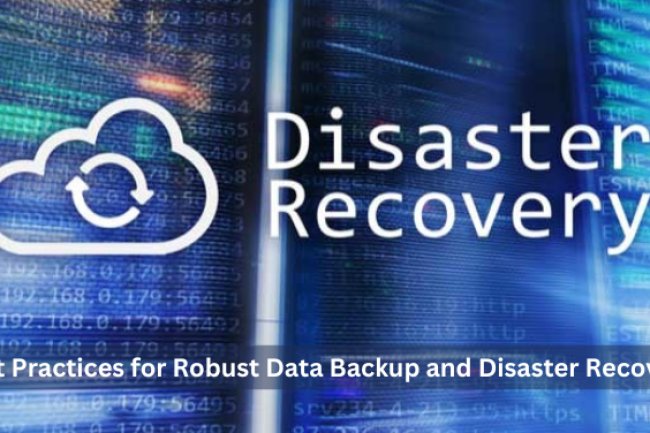The Top 5 Big Data Languages You Should Know

In today's data-driven world, big data has become a game-changer for businesses across industries. To harness the power of big data, it's essential to have a strong foundation in programming languages that are specifically designed to handle large datasets and complex data processing tasks. In this blog post, we will explore the top five programming languages that are widely used in the field of big data. Whether you're a data scientist, analyst, or developer, learning these languages can open up a world of opportunities in the realm of big data analytics.
Python:
Python has gained immense popularity in the field of big data due to its simplicity, versatility, and extensive collection of data processing libraries. With libraries like NumPy, Pandas, and SciPy, Python provides robust tools for data manipulation, analysis, and visualization. Additionally, Python's integration with frameworks such as Apache Spark makes it an excellent choice for distributed computing and parallel processing, essential for handling large datasets.
R:
R is a language specifically designed for statistical computing and graphics, making it a go-to choice for data scientists and statisticians working with big data. It offers a vast range of packages like dplyr, ggplot2, and caret that provide efficient data manipulation, visualization, and machine learning capabilities. R's interactive environment and its ability to handle complex statistical models make it a powerful language for exploratory data analysis and advanced analytics.
SQL:
Structured Query Language (SQL) is the standard language for managing and querying relational databases. When it comes to big data, SQL plays a crucial role in handling structured datasets efficiently. With the emergence of big data technologies like Apache Hadoop and Apache Hive, SQL has expanded its reach beyond traditional databases and can now process large-scale data stored in distributed file systems. SQL's declarative syntax and optimization techniques make it a must-know language for big data engineers and analysts.
Java:
Java, a widely adopted general-purpose programming language, has made its mark in the big data landscape primarily through Apache Hadoop. Hadoop, an open-source framework for distributed processing of large datasets, is implemented in Java. As a result, Java has become the language of choice for developing Hadoop-based applications and frameworks. Java's scalability, performance, and extensive ecosystem of libraries and tools make it an ideal language for building robust and scalable big data solutions.
Scala:
Scala, a statically typed programming language that runs on the Java Virtual Machine (JVM), has gained popularity as the preferred language for Apache Spark. Spark, an open-source big data processing framework, offers high-speed data processing and analytics capabilities. Scala's functional programming features, concise syntax, and seamless integration with existing Java code make it an excellent choice for building distributed data processing applications on Spark.
As the world continues to generate vast amounts of data, the demand for professionals skilled in big data analytics is on the rise. Mastering these top five big data languages, namely Python, R, SQL, Java, and Scala, can significantly enhance your ability to work with and extract valuable insights from large datasets. Whether you're analyzing customer behavior, optimizing business processes, or developing scalable data processing pipelines, having a strong foundation in these languages will empower you to tackle complex big data challenges and unlock the potential of data-driven decision-making. So, dive in and start exploring these languages to embark on an exciting journey into the world of big data analytics.
What's Your Reaction?















